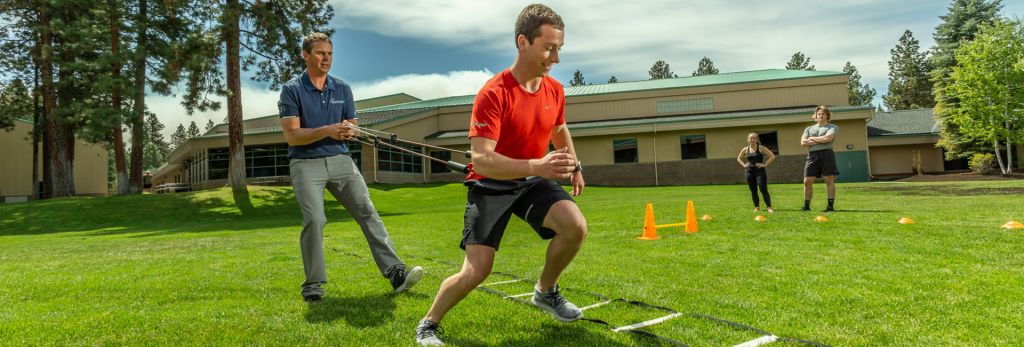Thanks for reaching out.
While we cannot make specific recommendations regarding your case without doing a thorough evaluation, we can offer some general information that may be helpful for you.
In general, knock knees refers to the position of the knees being closer to the body’s midline. There can be a couple reasons for this to happen. Some people have structural differences in their bones and joints that affect how the hips, knees and ankles are aligned. The kneecap sits in a small groove along the femur. Improper mechanics at the foot or the hip can cause the knee to collapse or dive inward with each step. Additionally, muscle weakness in the hips and feet can lead to imbalance that puts the knee in a position that prohibits it from lining up properly with the femoral groove and contribute to knock knees.
The kneecap pain you are experiencing is likely patellofemoral pain syndrome.
While there are some things you can do at home, a licensed physical therapist is the ideal medical provider to assist with your condition. A PT may determine you would benefit from taping for proper knee position, and will often utilize hands-on manual therapy for mobilization. As musculoskeletal experts, PTs can create customized exercise programs that are designed specifically for you to increase strength and flexibility in a way that will help in decreasing a knock knee pattern.
At home, focus on building strength in the hips and feet. In general, exercises that strengthen the muscles that turn the knees out are useful in helping correct knee position in people with knock knees.
For more specific ideas for correcting knock knees and preventing patellofemoral pain, check out this blog on our website, which includes video instructions for how to do a hip hike and a runners’ march.

Don't ignore knee pain, we're here to help!
From injury recovery to achieving optimal performance, our passion is to help every patient reach their goals and live an active, pain-free life. Get started with PT today!
